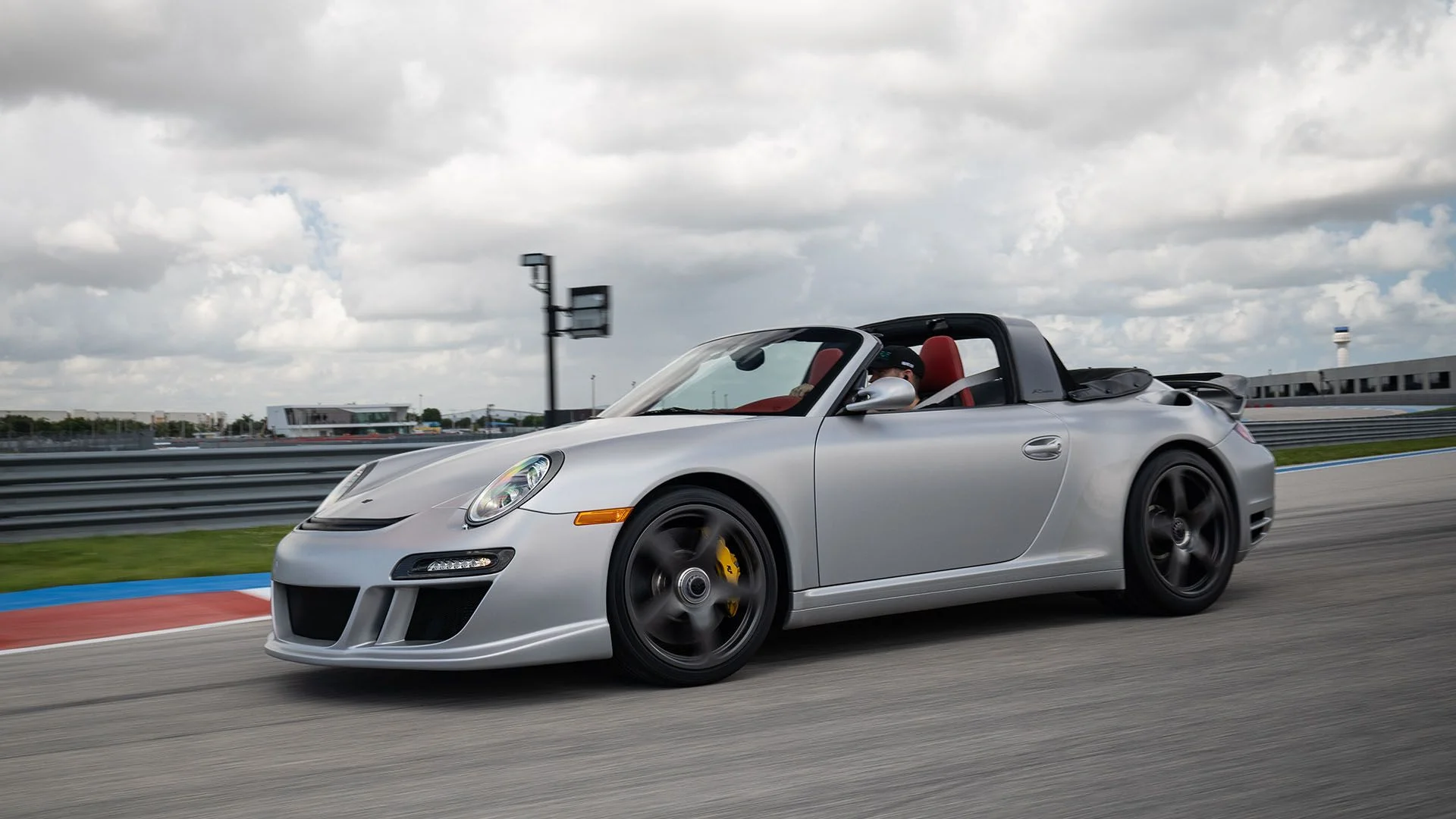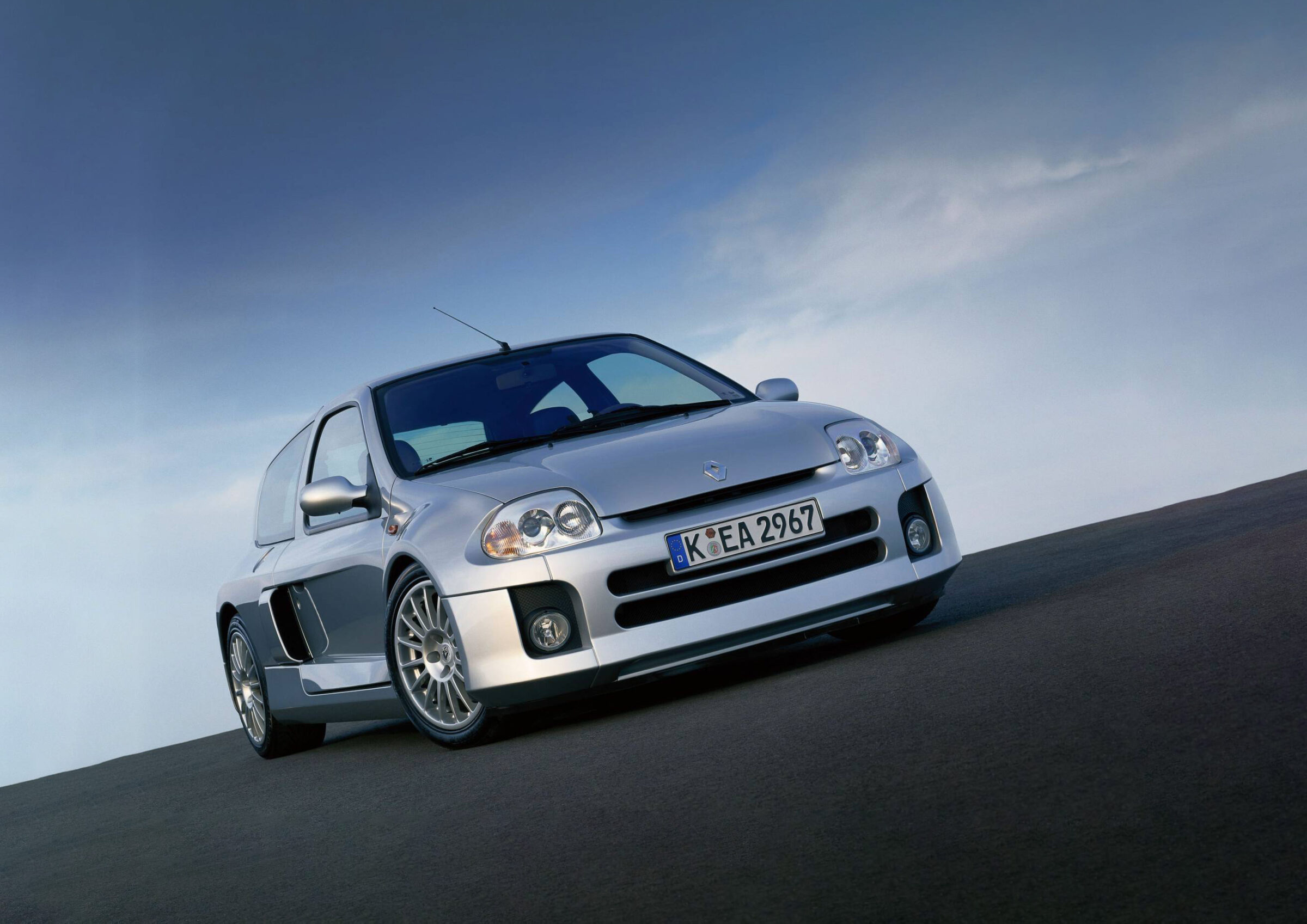90 Years of victories with the Bugatti Type 35
Bugatti – many myths and legends surround this brand. While today’s youth know the sports car manufacturer mainly because of the four-digit horsepower numbers of Veyron and Chiron, in the 1920s and 30s the brand was one of the most successful participants in international motorsport. No matter where the Bugatti racing cars appeared, whether used by the factory or with private drivers behind the wheel, they were predominantly very successful on the circuits. A year of dominance was undoubtedly 1928. In that year, the motorsport association changed its regulations, which was very accomodating for Bugatti with the Type 35.
According to the new rules, racecars were only allowed to weigh between 550 and 750 kilograms while the engine power was free. At this time, Bugatti had already acquired a certain expertise for inline eight-cylinder engines in other models and installed a corresponding engine into the Type 35. This was otherwise based on the previously successful racecar Type 30, but with shortened wheelbase and various weight savings, including a narrower bodywork. This made the car more agile, lighter and powerful at the same time, which offers advantages, especially on winding roads. While in the street-legal Type 35A the unchanged engine from the Type 30 with approximately 70 hp was used, the racing variant received an advanced version with five instead of three crankshaft bearings and 90 hp. From 1928, the Type 35B and Type 35C followed with a lateral on the engine block mounted Roots blower, which increased the power to 140 (T35B with a displacement increase to 2.3 liters) and 125 hp (T35C). So the Bugatti already reached more than 200 kph (124 mph) 90 years ago.
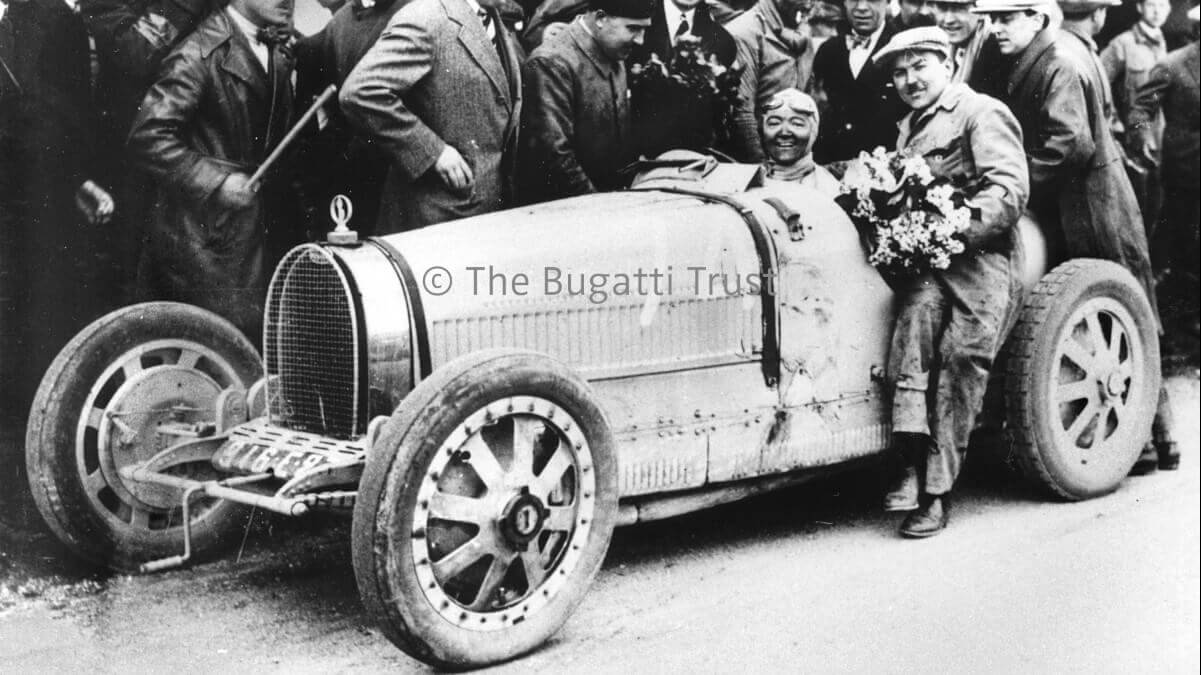



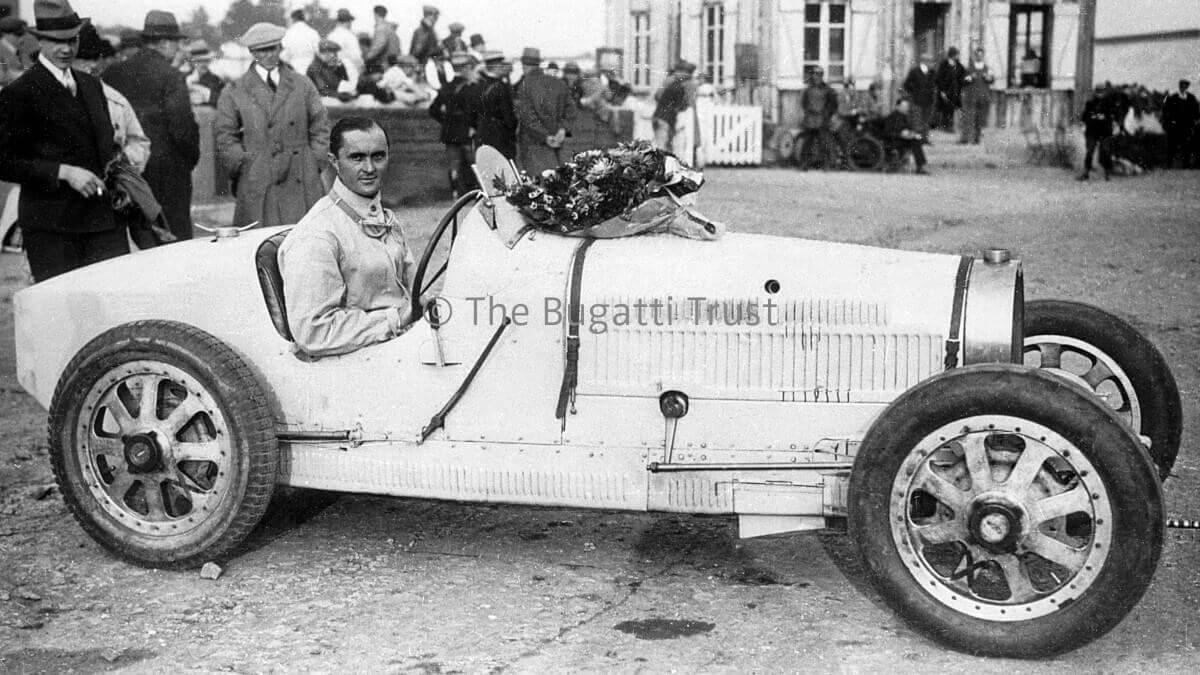







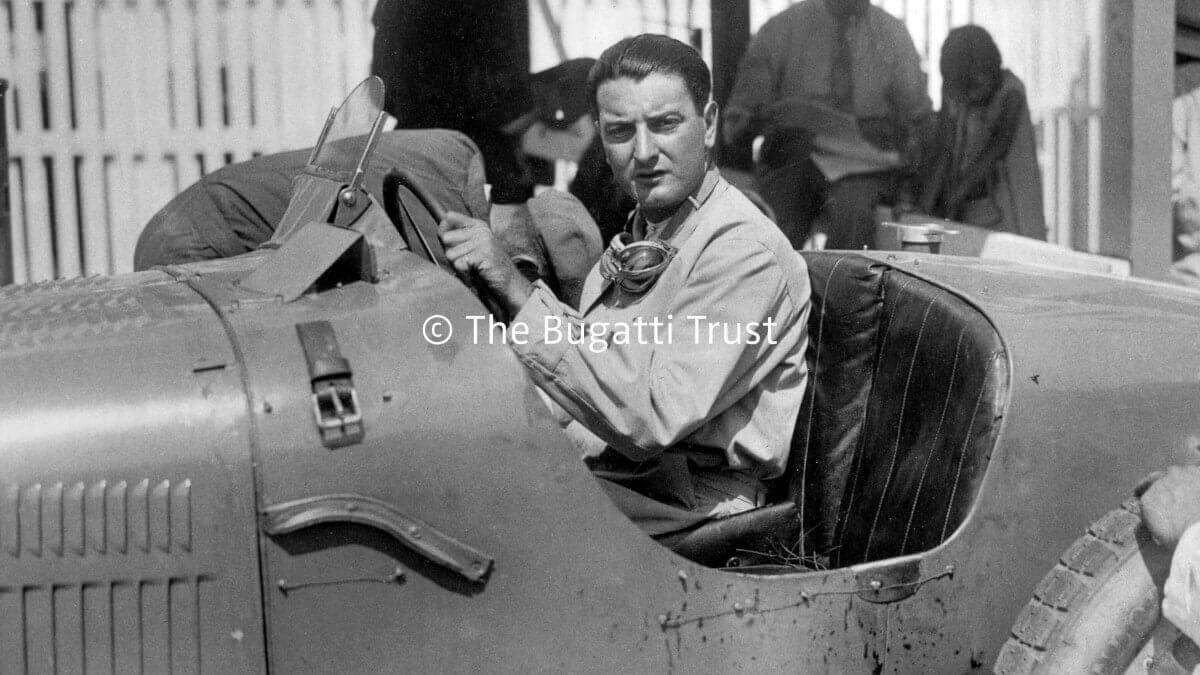

Actually, seven international races were scheduled for 1928 by the motorsport association, but ultimately only two took place. This meant that there was no world champion in this year. Nevertheless, Bugatti achieved victories in the chord. 23 out of 26 major races in 1928 alone were won with cars from the French manufactory, including eleven Grand Prix and the Targa Florio. Tazio Nuvolari, who had switched from motorcycles to cars in 1924, won the Tripoli Grand Prix on March 11th with a Type 35C, the same day on which Louis Chiron also triumphed at the Circuit d’Esterel in France with an identical vehicle. Nuvolari and Chiron continued the winning streak in the following weeks in Verona and at the Grand Prix of Antibes, followed by Chiron’s victories in Rome, Marne, San Sebastian/Spain and Monza. In addition, Alberto Divo used in the works racing team a Type 35B and won the Targa Florio in Sicily, where in another Type 35B Elisabeth Junek (actually Eliška Junková) made all spectators speechless. She led the race for a long time, set the fastest lap times, and only had to drive slower in the very last lap due to a leak in the water pump. In the end she crossed the finishline at 5th position, but was celebrated like a real winner.
Marcel Lehoux won the Grand Prix of Algeria and the Grand Prix of Tunisia on a Bugatti Type 35C. An identical car carried William Grover-Williams to victory at the French Grand Prix with a lead of nearly two and a half minutes to the runner-up after a race of two hours and 27 minutes. By the way, back then those races really were ‘big prizes’: one lap on the temporary circuit near Saint-Gaudens was 27 kilometers long. The final win of the season was once again achieved by Louis Chiron, who scored an average speed of 160 kph over the full race distance of three hours and 45 minutes. Overall, Bugatti won over 2,000 race victories around the world in the 1920s.
Images: Bugatti, The Bugatti Trust



